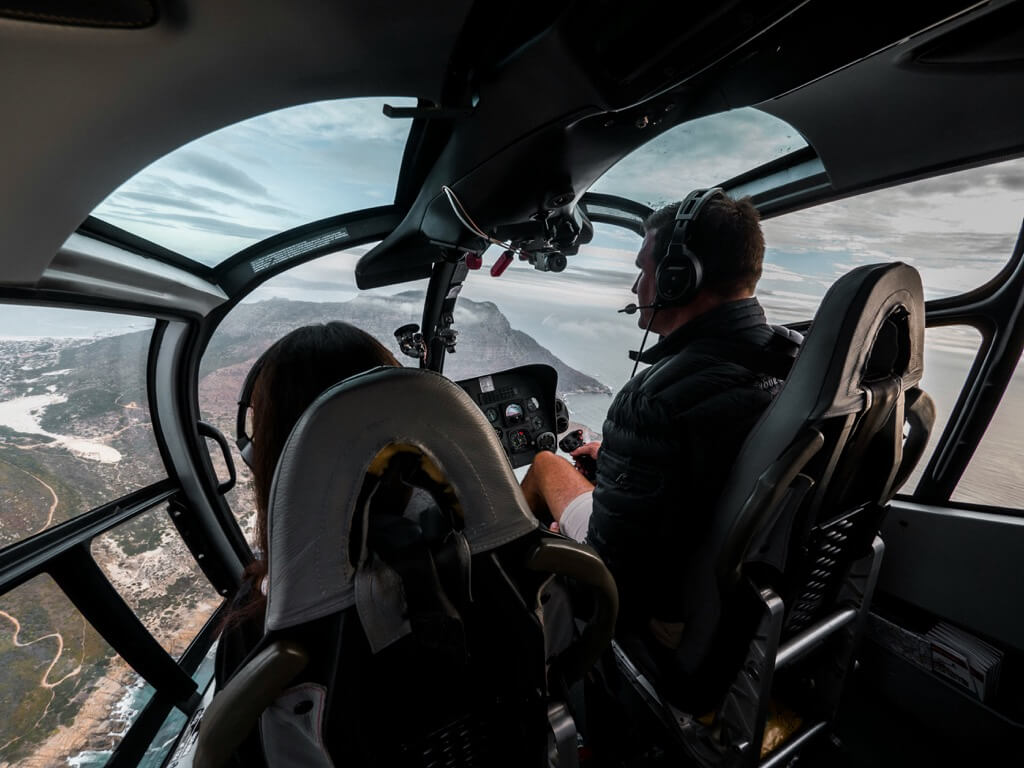Helicopters have a reputation, sometimes shrouded in myths and misconceptions. One such myth is the belief that helicopters will drop like a rock when their engine shuts down. This article aims to debunk this myth, providing a detailed insight into the mechanics of helicopter flight during engine failures, and the inherent safety features that are often overlooked in popular discourse.
In reality, helicopters are designed with emergency scenarios in mind, especially engine failures. One key feature enabling a safe descent without engine power is autorotation. During autorotation, the main rotor blades of the helicopter continue to spin, albeit without the assistance of the engine. This capability is not just a theoretical safety measure; it’s a core part of helicopter design and pilot training.
Helicopter pilots undergo rigorous training for such scenarios. They practice no-power landings extensively, though typically, the engine isn’t fully shut off during these exercises. Instead, it’s disengaged from the rotor, allowing for quick re-engagement in case of an emergency. This training ensures that pilots are well-prepared for actual engine failures, despite the controlled conditions during practice.
A critical component in this process is the freewheeling unit. This mechanism automatically disengages the engine from the main rotor when the engine’s revolutions per minute (RPM) drop below a certain threshold relative to the rotor RPM. This disengagement is crucial for the rotor to spin freely, enabling autorotation.
Post engine failure, the pilot’s immediate response is to lower the pitch of the rotor blades. This action reduces lift and drag, initiating a controlled descent. If this isn’t done promptly, the rotor RPM can fall too low, resulting in a loss of control. However, such a scenario is rare, thanks to the extensive training pilots undergo. They are conditioned to respond swiftly and correctly as soon as the freewheeling unit disengages the engine.
Each helicopter design comes with its optimal glide angle for autorotation, factoring in various conditions like weather, weight, altitude, and airspeed. This angle facilitates an upward flow of air through the rotors, maintaining an optimal RPM and storing kinetic energy in the blades. This information is readily available in the helicopter’s manual and is a critical part of a pilot’s training.
As the helicopter nears the ground, the pilot’s next task is to manage the descent and forward motion using the kinetic energy stored in the rotors. This is achieved through a maneuver called a flare. The pilot pitches the nose up at the right moment, transferring some of the forward momentum into the rotor, allowing for a smoother landing. Timing and precision are critical here to avoid the rear of the helicopter striking the ground.
The way autorotation works is by allowing the helicopter’s blades to freely rotate while in descent. This action generates sufficient lift to enable a controlled descent and landing.
The Complexity of Hovering vs. Autorotation
Contrasting autorotation with other helicopter maneuvers provides an insight into its relative complexity. Hovering, for instance, is often more challenging for new pilots to master. Hovering requires maintaining a stationary position in the air, often just a few feet off the ground. This task demands constant adjustments to the helicopter’s controls, requiring fine motor skills and a deep understanding of the aircraft’s response to pilot inputs. In comparison, autorotation is a more straightforward procedure once the initial fear and unfamiliarity are overcome.
The psychological challenges associated with learning autorotation cannot be understated. For students, the concept of descending rapidly without engine power can be daunting. This fear often stems from a misunderstanding of the physics involved in autorotation and a lack of familiarity with the sensation of rapid descent. Overcoming this psychological barrier is a significant part of the training process.
Helicopter training is methodically structured, with students first mastering basic skills like straight and level flight, followed by more complex maneuvers such as hovering. Autorotation is introduced later in the training program, allowing students to build confidence and skills gradually. By the time students begin practicing autorotation, they typically have a good understanding of helicopter dynamics, which eases the learning process.
Safety Protocols in Autorotation Practice
Safety is paramount in all aspects of helicopter flight training, especially during autorotation practice. Instructors often use dual-control helicopters, allowing them to take over in case of a student’s error. Additionally, initial autorotation practices are conducted at higher altitudes, giving more time and space to correct any mistakes.
Flight simulators play a crucial role in helping students overcome their fear of autorotation. These simulators provide a realistic yet risk-free environment where students can practice autorotation multiple times. This repeated practice helps demystify the process and builds the student’s confidence in handling real-life scenarios. As students progress, they are introduced to various emergency procedures, including different autorotation scenarios. These exercises ensure that pilots are prepared for a wide range of potential emergencies, reinforcing the idea that autorotation is a manageable and controlled procedure rather than a last-ditch effort to avoid a crash.
Important Statistics On Engine Failures
- Statistically, helicopter engines are highly reliable. Modern helicopter engines are subject to stringent manufacturing and testing standards, resulting in a very low failure rate. According to aviation industry reports, the probability of a helicopter engine failure is approximately 1 in 375,000 flight hours. This high reliability is a testament to the advancements in engine design and technology.
- In the event of engine failure, the survival rate for autorotation landings is remarkably high. Data from various aviation safety boards indicate that about 88% of all autorotation landings in emergencies result in survivable outcomes. This high survival rate underscores the effectiveness of autorotation as a safety mechanism in helicopters.
- Despite the high reliability of helicopter engines, failures do occur, albeit rarely. Industry studies show that engine failures in helicopters occur at a rate of about 0.003 per 1,000 flight hours. This low incidence rate reflects the rigorous maintenance schedules and checks that helicopters undergo regularly.
- The effectiveness of autorotation training for helicopter pilots is notable. Flight schools report that after initial training, the proficiency rate for successful autorotation landings among student pilots is around 95%. This high rate of proficiency indicates the effectiveness of current training methodologies in preparing pilots for emergency engine failure scenarios.
- In contrast to the relatively lower complexity of autorotation, the difficulty in mastering the hovering maneuver is significant. Approximately 80% of student pilots find hovering to be one of the most challenging skills to master during their training. This statistic highlights the complexity and skill required for hovering compared to executing a successful autorotation landing.
The notion that helicopters are helpless in the event of engine failure is a misconception. In reality, these aircraft are adeptly designed for such contingencies. The process of autorotation is a crucial aspect of helicopter flight mechanics, allowing pilots to manage a safe descent and landing without engine power. This safety feature is a fundamental part of pilot training and helicopter design, reflecting the commitment to safety in the aviation industry.




